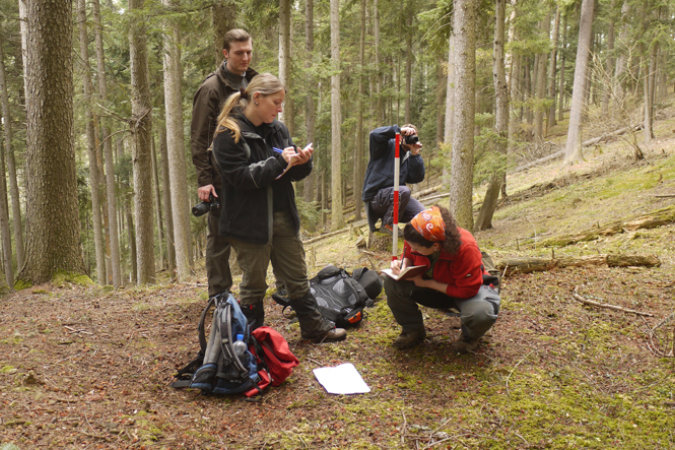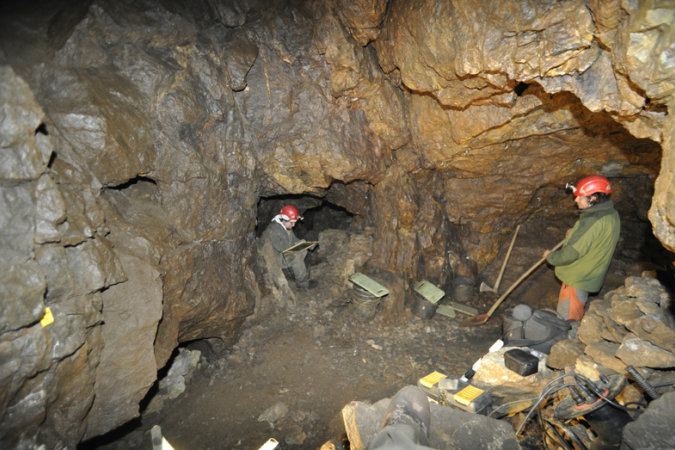The western Slovak Ore Mountains - strategies for the use of a secondary economic area during the Bronze Age
Contacts: Prof. Dr. Thomas Stöllner & Dr. Jennifer Garner
thomas.stoellner@rub.de
jennifer.garner@bergbaumuseum.de
Strategies for the Use of a Secondary Economic Area during the Bronze Age
The Slovak Ore Mountains were clearly an important source of metal ores from the late 5th millennium BC. This has been sufficiently proven by our archaeometallurgical research over the past decades. Yet many questions on the use of the mountain regions and the ore deposits have so far remained unanswered. A project group coordinated by the Roman-Germanic Commission, headed by Dr K. Rassmann, has been established to help find the answers. We want to understand how the mining industry worked, where the Copper Age and Bronze Age settlements were, and how the resources were accessed.
Fig. 01. Špania Dolina.
Evidence of Prehistoric Exploitation
In this project the DBM will be carrying out the mining archaeology investigations, the aim being to find evidence of prehistoric exploitation of raw materials. Our research concentrates, for example, on the gold placer deposits in the Žitava and Hron valleys, which may already have been important for the Bronze Age population, and on the copper deposits near Banská Bystrica, in L’ubietova, and in Poniky, which may have been sources of copper, judging by materials analysis of prehistoric artefacts.
Fig. 02: Survey near Poniky Jelšina.
The Copper Deposit of Špania Dolina
We are also exploring the copper deposit of Špania Dolina, using modern methods such as geo-electrics. Excavations took place here from 1971-1972 at the Piesky (Sandberg) find spot, uncovering around 150 grooved hammerstones, a copper ingot, and prehistoric (Ludanice group) and medieval pottery. Špania Dolina is thus the only ore deposit so far offering proof of the prehistoric extraction of raw materials.The example of Špania Dolina thus gives grounds for hope that not all traces of prehistoric mining have been partially or completely destroyed by later phases of extraction.
Fig. 03: Poniky Drienok, mine 56-6.
